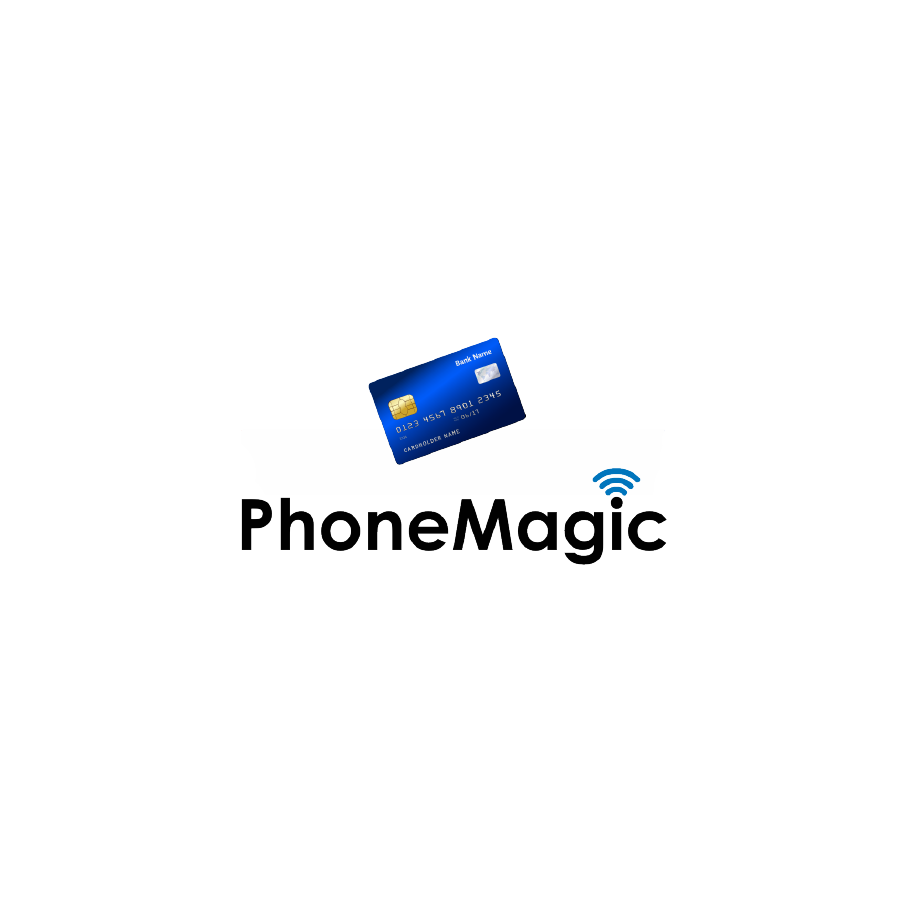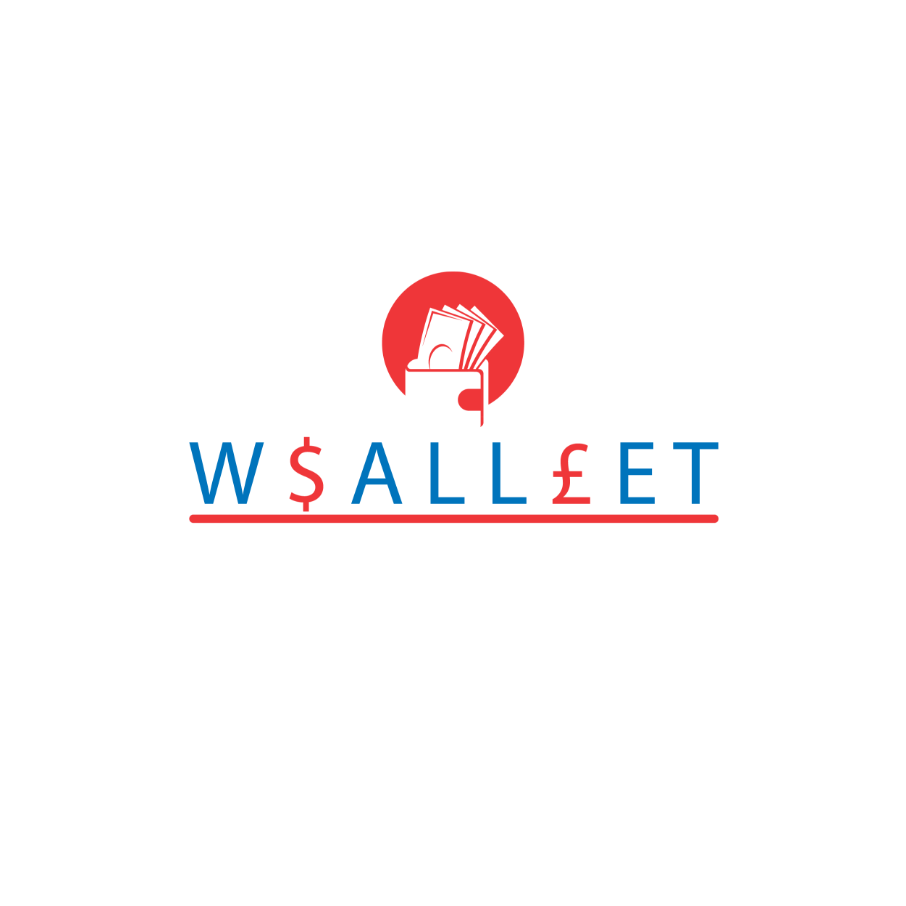Products

Terminal Manager
Key Features :

Pay using Tokens
There are two components to the solution :
- Mobile Payment Application (MPA) on the mobile device and is a combination of UI and HCE SDk
- Cloud based server component secured by HSM for storing, provisioning, handling cards, keys, transaction processing, fraud protection and crypto validation.
The MPA is supproted for all Android enabled phones upwards of version kitkat 4.4.

How does it work ?

Payment Gateway

SoftPOS
Phone Magic consists of several components. These are:
- Level 2 Kernels of Card schemes such as Visa/MC/AMEX/Discover/PURE
- Mobile Payment App
- White Box Cryptography for secure storage of encryption keys
- Kernel security using code obfuscation techniques
- Device Attestation and Monitoring
- Middle Host
- Debugger detection
- Check sum
- Code obfuscation
- Call hiding
- Debug info
- Class encryption
- Root detection
- Jail break detection
- Renaming
- Resource verification
- Resource encryption
- String encryption
CPoC application calls Safety Net Attestation API, it is an anti-abuse API that allows app developers to assess the Android device their app is running on. Our CPoC application performs the device Attestation in following scenarios
- CPoC application initialization
- Login
- Periodically After successful login

Merchant ePayment Portal

What are the modules in MePP ?
Analytics:
Dashboard :
Inventory :
Ticketing :
Terminal Management System :
Technician Mobile App:
Key Features:
REAL TIME :
MODULAR :
INTEGRATED :
MERCHANT FRIENDLY:
SMART DASHBOARD:
MADA VALIDATED REPORTS:

Wallet
How does it work?
Key Features :
- A light mobile application which runs on both android and iOS
- Finger print and retina authentication eKYC for self on-boarding of the customer
- Wallet top up from credit card, debit card
- Integration to other Wallets such as PayTM and Google Pay
- Customized for Value added services such as - Utility bill payments, ticketing etc.
- Can be used as Open loop or closed loop based on the requirement
- Web portal for Bank, Customer and Merchant
- Agency Banking is available and Agent App helps customers to open wallet account and send/receive money

Multi Acquirer Routing

